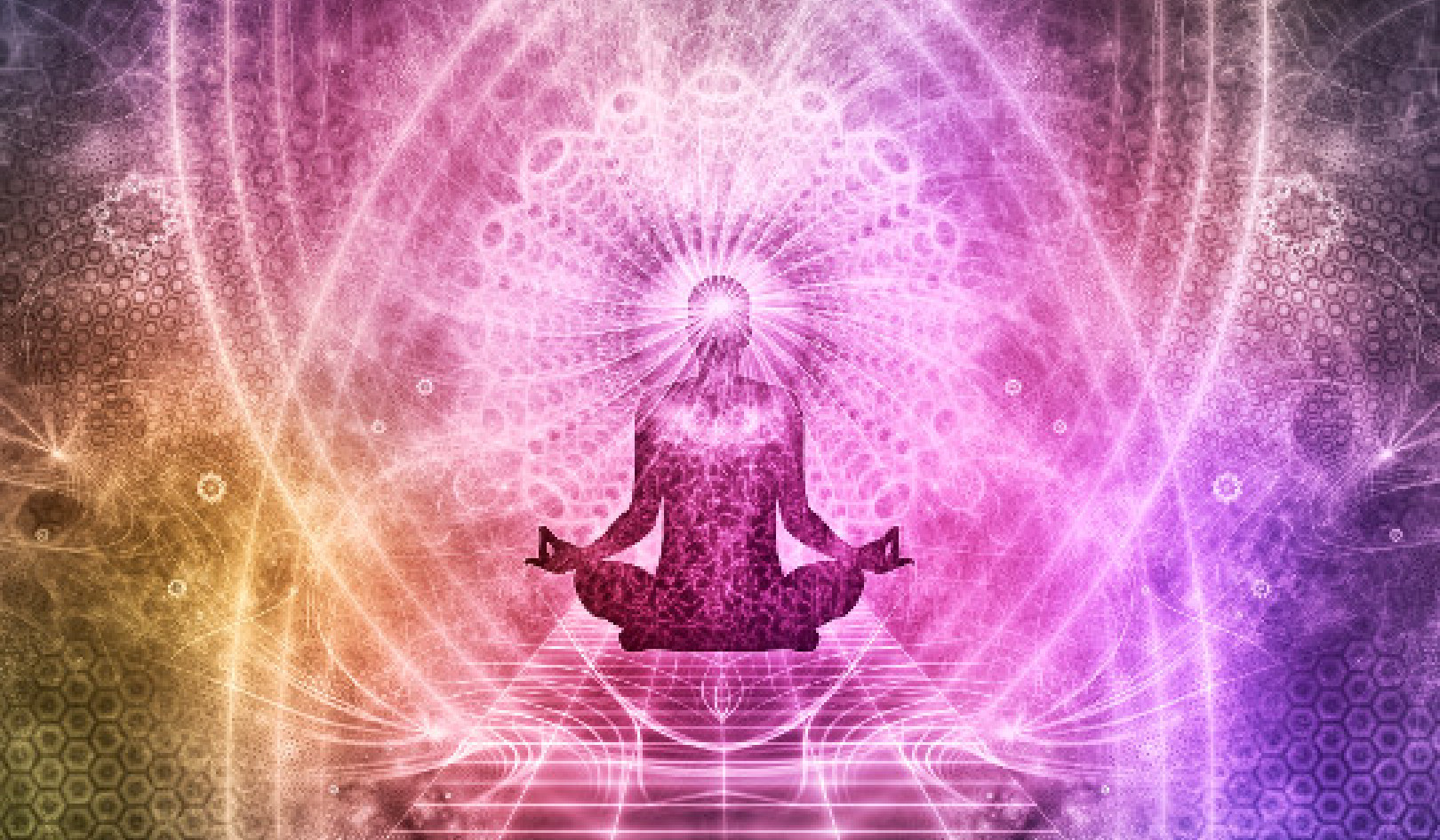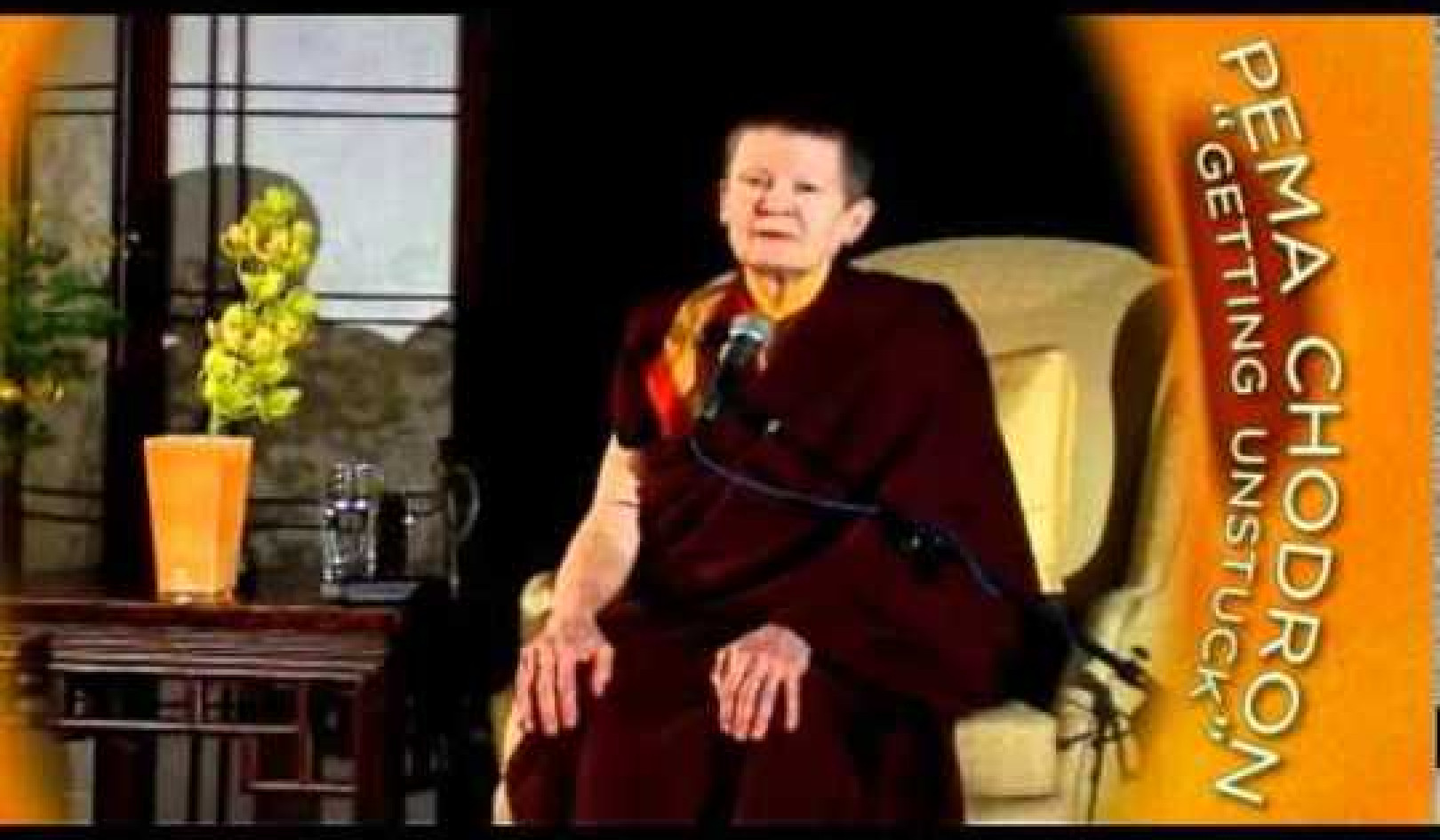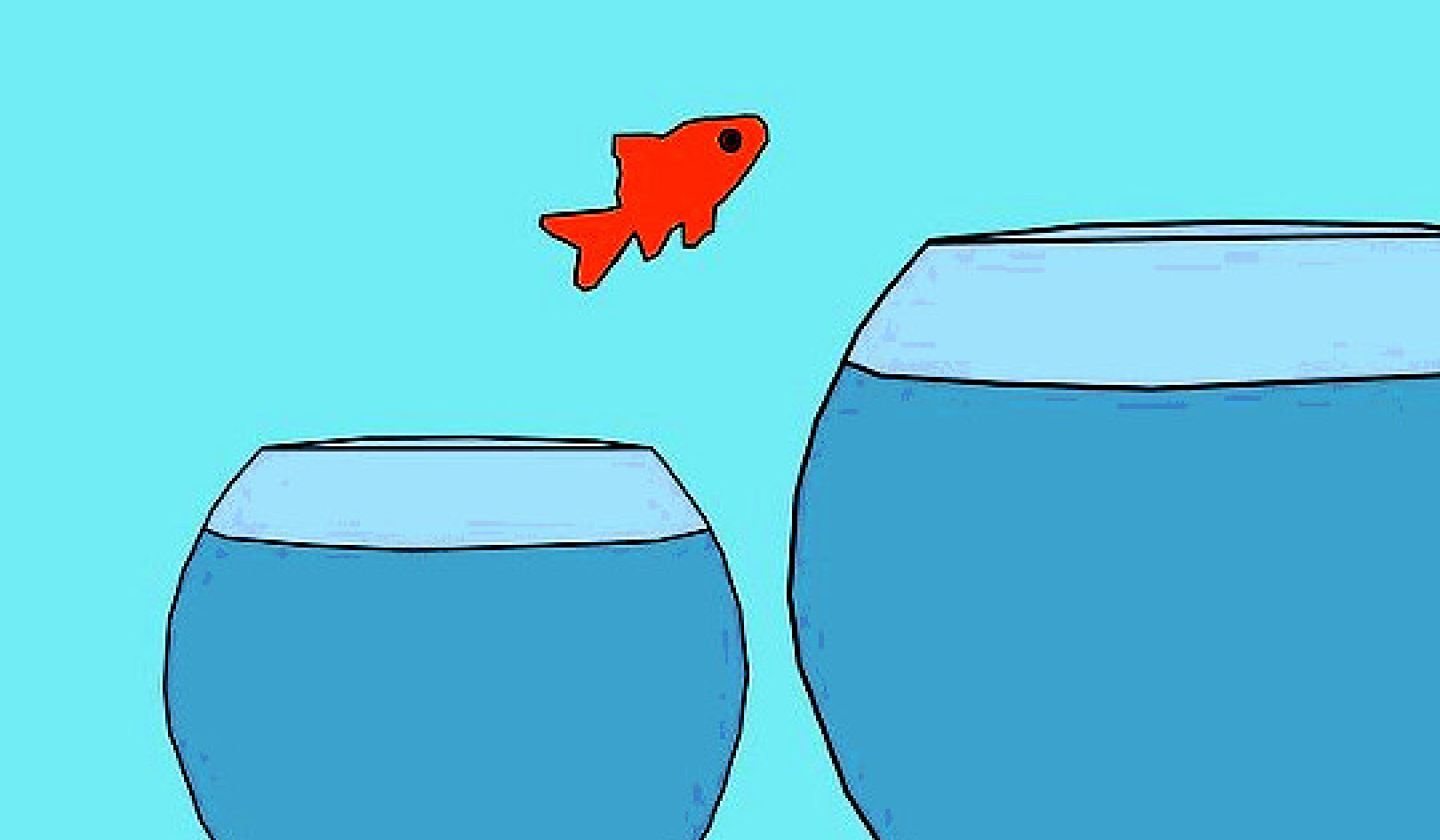
The basis of suffering is a misapprehension of our true nature that arises from the neurohormonal superhighways we have created throughout our lives that have become our habits. Not only do these habits make us do things in certain ways, but they make us think and believe in certain ways that keep us bound to the body-mind as our true identity. They obscure the fact that bliss is our true nature.
Let us examine what types of electrical signals in the brain are responsible for this veil that hides us from who we really are.
Brain Waves in Bliss and Stress
If we hooked your brain up with a set of special sensors, we would be able to record its activity and we’d be able to see the following types of electrical activity corresponding to what you are thinking and feeling:
Beta Waves. Ranging from 12-38 Hz (Hertz, a measure of frequency in cycles per second), we’d see this during most of your waking hours as you engage with the world. When we see it, we see that you are alert, solving problems, making decisions, attentive and focused. As they get higher in frequency, we would deduce that you are now getting anxious, worried, conflicted or agitated.
Alpha Waves. We would see these waves ranging from 8-12 Hz if you were very relaxed and still focused. These waves tell us that your thoughts are flowing quietly, you are calm and coordinated, and learning new things or absorbed in something that is of great interest, such as a good book or movie.
Theta Waves. Still slower at 3-8 Hz, theta waves on your brainwave recording tell us that you are either fast asleep or in deep meditation, where you are withdrawn from the world and focused on what you see within. This is also what we’d see when you are in about to fall asleep or wake up (the twilight zone, as it is called) and when you are dreaming. This frequency level is where your deepest creativity, fears, troubles and insights lie even though you may not be conscious of them. Your sudden “light-bulb” moments came from this frequency. If you can learn to access this frequency consciously, your brain will produce those feel-good hormones, endorphins.
Delta Waves. As we continue to record your brainwave activity, we might come across these ultra-low frequency waves. At 0.5-3 Hz, their appearance tells us that either you are in deep, dreamless sleep or have become detached from the world to reveal in your own blissful true nature. This brainwave is deeply healing and restorative, which is why you can fall ill when you don’t get enough sleep. It is during the period of this brainwave activity that several beneficial hormones such as the human growth hormone and melatonin are released.
Gamma Waves. At 38-42 Hz, these brainwaves are of the highest frequency of all, and if we see this on your tracing, they indicate bliss that radiates to the world in form of universal love.
By studying brainwaves, we see that each of us has access to all of them. The problem is that the alpha, theta, delta and gamma waves happen kind of accidentally or in sleep states when we aren’t aware of them.
The noise of the beta waves keeps the others obscured, since they reside in the realm of silence. In order to access them consciously, we have to cultivate inner silence. Meditation is the tool to cultivate inner silence and reveal the gifts held within.
What is Meditation?
Despite the seeming explosion of meditation in modern culture, there seems to be a lot of confusion about what it is, being used interchangeably for thinking, daydreaming or contemplating on a particular issue. With lack of a cohesive understanding about what meditation is, it can naturally lead to confusion about how to practice it and what it is really supposed to do.
Meditation is the precise and systematic technique of allowing the mind to rest in stillness for specific periods of time every day.
The purpose of meditation is to dip deep into ourselves to find the bliss that lies hidden under the various states of mind that the brainwaves represent. As we continue to practice, we begin to access the frequencies representing creativity, expansiveness, forgiveness, peace, health and bliss.
Over time, the bliss within begins to radiate outward in the form of universal love, represented by the gamma waves. Before we get into the practice, let us explore some common myths and misunderstandings about meditation:
Myth #1: All meditation techniques are the same.
Response: No. Every technique gives us access to particular brainwaves. There is no one technique that is better than others. It all depends on what we are trying to achieve and how it works for you.
Myth #2: It’s enough to meditate once in a while.
Response: Not if we are trying to cultivate inner silence. Just as it is not enough to exercise once in a while to benefit from its positive effects, it takes practice and diligence to cultivate inner silence.
Myth #3: Meditation leads to constant peace and bliss from the get-go.
Response: No. Although meditation will have an immediate calming effect, it often causes friction as it brings up unconscious “stuff” hidden in our causal bodies. As we gain access to the particular frequencies corresponding to those issues, there can be discomfort in the body-mind such as irritability, sadness or anxiety. If this happens, we just scale back on the practice for a few days, knowing that these are actually good signs.
We can’t work on issues that we can’t see, which is the problem with our issues that lay hidden from our awareness. When they surface, they invite us to look at them as the cause of our suffering. We can then work through those issues through self-inquiry.
Myth #4: One doesn’t need any other practice—meditation is it.
Response: It depends on what we are aiming for. For stress relief, lowering blood pressure, inflammation and other markers, better sleep, positive outcomes of disease and for a more wholesome perspective on life, meditation is enough. However, these outcomes remain in the default model, where we remain identified as the body-mind.
If we want a shift in our identity to the bliss of our true nature, it may not be enough. This is because cultivating inner silence is the key for the advanced practices of self-inquiry and body sensing, which will not be effective without it.
These advanced practices break through our stubborn clinging to our limited body-minds and allow us to realize our true nature. This is why meditation is the central and dominant practice of this program. Balancing Agni (an Indian word meaning fire) through a regular routine and lifestyle modifications foster meditation and vice versa.
Myth #5: Meditation is a religious exercise.
Response: Although there are some faith-based meditation practices, the most prevalent and well-studied ones are secular and universally applicable. You just have to put the technique to test in your own experience.
When to Practice Meditation
Now that we have a definition of meditation, let us see when and how to practice it. The technique I practice and teach in my program is called Deep Meditation and is from Advanced Yoga Practices (Yogani. Advanced Yoga Practices. http://aypsite.com/).
I had tried dozens of other techniques before coming across Deep Meditation. Within a very short time of practicing this technique, my life began to change in various ways. The beauty of this technique is its sheer simplicity and applicability. It can be practiced by anyone, including children. (A certain degree of emotional maturity is helpful to deal with unconscious issues when they surface, which children may not be capable of. Hence, the recommendation is to wait until puberty to learn Deep Meditation.)
We meditate approximately every twelve hours, in sync with our internal clocks. Meditation resets our functioning at a higher level that we carry into our daily lives. This higher level of functioning fades over several hours after which we meditate again. By syncing our practices with our internal clocks, we reset them at a higher level of functioning over time. Thus, we sit again in the evening, preferably before dinner. If this is not possible due to busy evening schedules, my recommendation is to eat early and meditate a few hours later, closer to bedtime. However, don’t meditate in bed with the intention of falling asleep immediately after.
Meditation is meant to prepare us for activity so that the inner silence we cultivate in the practice is established in daily life. Meditating right before bed can cause sleep disturbance since the body-mind is revved up for activity.
Even though the best times for meditation are early in the morning and about twelve hours later, keep in mind that it is still highly effective when practiced any time of the day. So if you can’t practice at these preferred times, you will gain the same benefits as long as you practice at all. The most important thing to remember here is to practice with regularity. As long as you fit it into your schedule, you will make great progress.
It is best to meditate on an empty stomach so that the effort of the practice doesn’t interfere with digestion. If you’re really hungry, a small piece of fruit a half hour before meditation would be okay on occasion. However, try to not make it a habit.
Women can meditate while on their periods. In fact, the mind is much more quiet during the cycle, which enables deeper meditation and greater insights in advanced practices.
As you get established in a daily practice of meditation, continue to apply principles of regularity and lifestyle. They will aid the development of a balanced mind and outlook that will in turn help you become established in meditation. The very discipline of meditation will regulate your neurohormonal pathways that will gently nudge you toward a lifestyle conducive to bliss.
©2018 by Kavitha Chinnaiyan. Reprinted with permission.
Published by Llewellyn Worldwide (www.llewellyn.com)
Article Source
The Heart of Wellness: Bridging Western and Eastern Medicine to Transform Your Relationship with Habits, Lifestyle, and Health
by Kavitha M Chinnaiyan
 Transform your relationship with habits, lifestyle, and disease using Dr. Kavitha Chinnaiyan's remarkable approach to health. Integrating modern medicine and the ancient wisdom of Yoga, Vedanta, and Ayurveda, The Heart of Wellness shows you how to break free of the false assumption that disease is something you need to fight. Instead, you'll explore the mind-body connection and your true nature so that you can end suffering and embrace the unlimited bliss of who you are.
Transform your relationship with habits, lifestyle, and disease using Dr. Kavitha Chinnaiyan's remarkable approach to health. Integrating modern medicine and the ancient wisdom of Yoga, Vedanta, and Ayurveda, The Heart of Wellness shows you how to break free of the false assumption that disease is something you need to fight. Instead, you'll explore the mind-body connection and your true nature so that you can end suffering and embrace the unlimited bliss of who you are.
Click here for more info and/or to order this book.
About the Author
 Kavitha M Chinnaiyan, MD, (Michigan) is an integrative cardiologist at Beaumont Health System and an associate professor of medicine at Oakland University William Beaumont School of Medicine. She was featured as one of the"Best Doctors of America" and has served on several national and international committees. Kavitha has also won several awards and grants for research in cardiology, was awarded the "Seeker of Truth" award for her research endeavors, and appears often on local and national radio and television. She also gives invited talks on ayurveda, medicine and spirituality, and yoga for heart disease. Kavitha created the Heal Your Heart Free Your Soul holistic prevention program and shares its teachings through weekend retreats, workshops, and intensive courses. Visit her online at www.KavithaMD.com.
Kavitha M Chinnaiyan, MD, (Michigan) is an integrative cardiologist at Beaumont Health System and an associate professor of medicine at Oakland University William Beaumont School of Medicine. She was featured as one of the"Best Doctors of America" and has served on several national and international committees. Kavitha has also won several awards and grants for research in cardiology, was awarded the "Seeker of Truth" award for her research endeavors, and appears often on local and national radio and television. She also gives invited talks on ayurveda, medicine and spirituality, and yoga for heart disease. Kavitha created the Heal Your Heart Free Your Soul holistic prevention program and shares its teachings through weekend retreats, workshops, and intensive courses. Visit her online at www.KavithaMD.com.
Books by this Author
at InnerSelf Market and Amazon





























